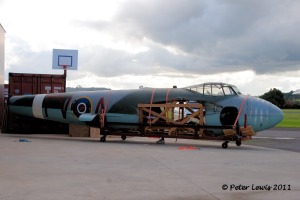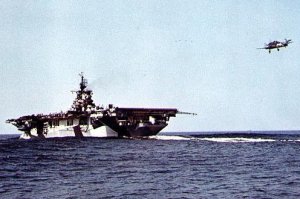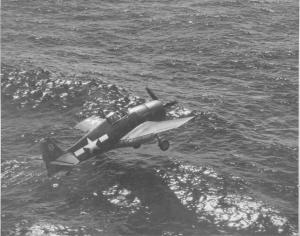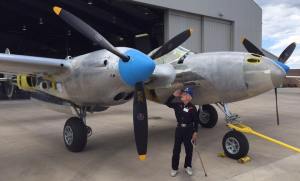 Hurricane 501 is a British organization that is working to restore Hurricane V7497 a Battle of Britain veteran of 501 Squadron to airworthy condition.
Hurricane 501 is a British organization that is working to restore Hurricane V7497 a Battle of Britain veteran of 501 Squadron to airworthy condition.
Hurricane “V7497 is a Hurricane Mk 1, manufactured in mid 1940 by Hawker Aircraft Ltd. Flown operationally at the very height of the Battle of Britain from the famous fighter station, RAF Kenley, East London, the aircraft was lost during an operational patrol on 28th September over Sutton in Kent”. In fact V7497 had only flown seven sorties before being shot down over Kent, England on September 28, 1940. 
Hurricane V7497 was discovered during an aviation archaeology expedition, the remains were recovered, and the decision was made to begin restoration to airworthy condition. When completed V7497 will be made up of only period correct parts, including those that are hard to find.
Currently Hurricane V7497 is being restored by Hawker Restorations in the U.K., and its Rolls Royce Merlin Mk.III is being overhauled by Eye Tech Engineering based in Suffolk. Hurricane 501 hopes to have V7497’s first engine run and flight in 2016. When completed Hurricane V7497 will serve as a memorial to the members of 501 Squadron and that gave their lives in the skies over Britain.
Photo and Information Credit: Hurricane 501








Recent Comments